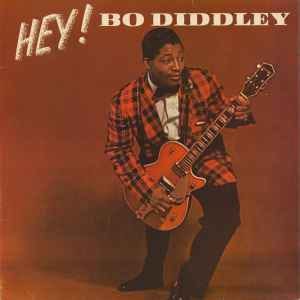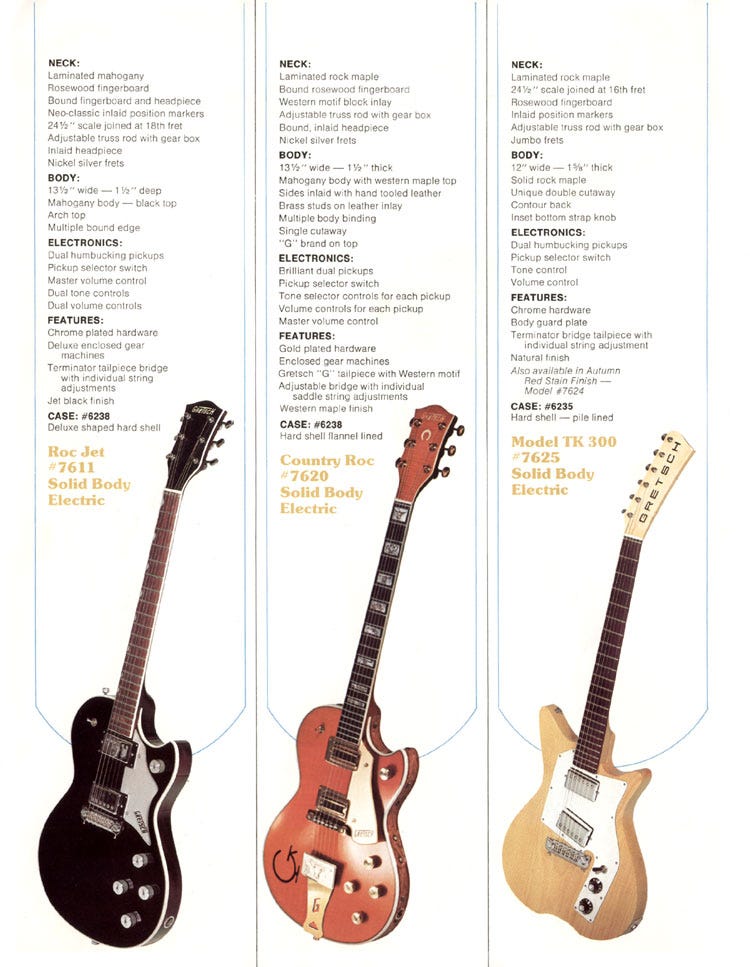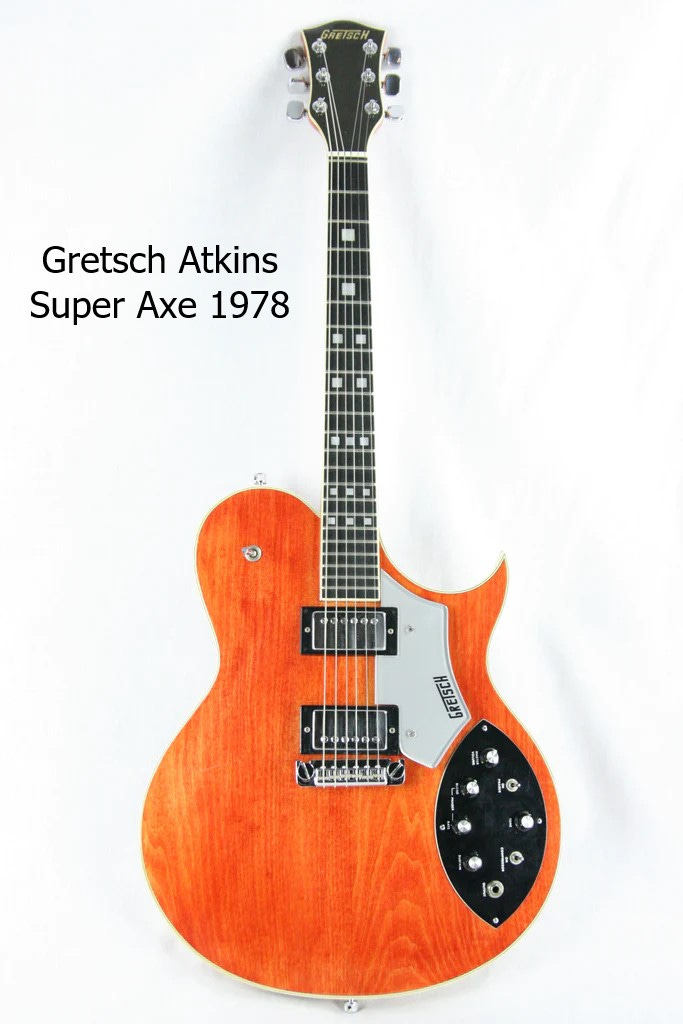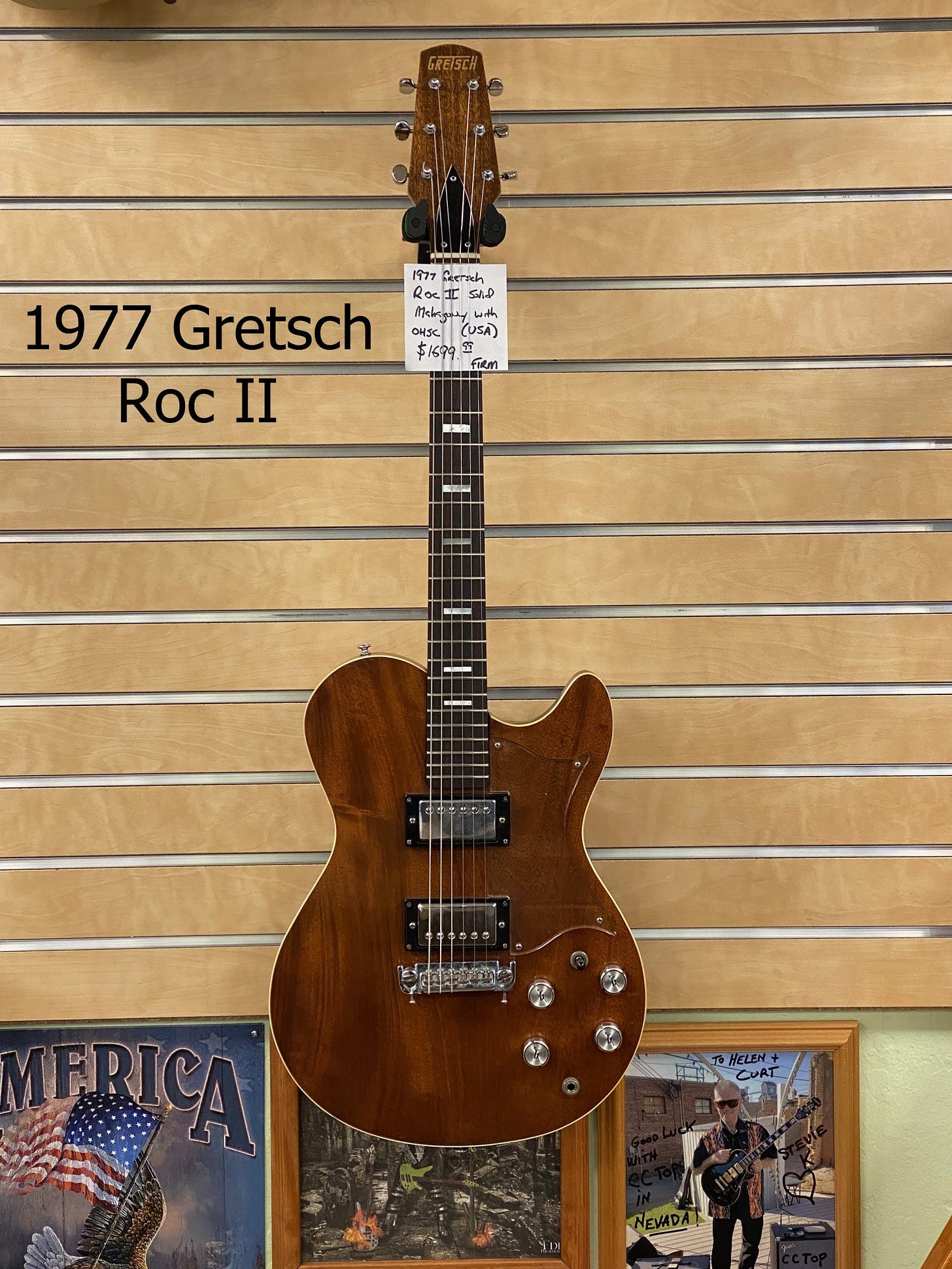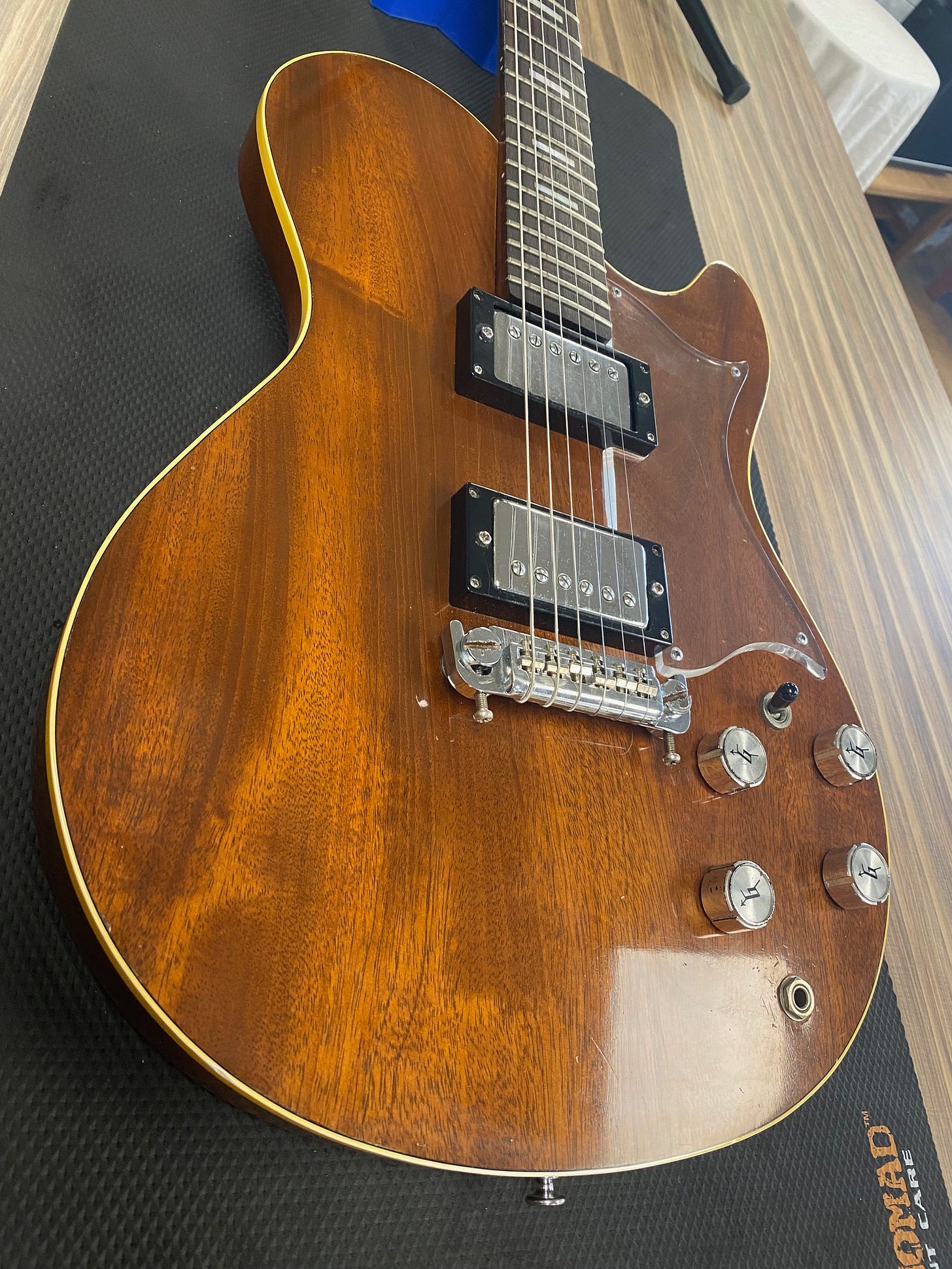Guitar Gavel Lick Of The Week with Ian Cowan
Deceptively simple, exceptionally clever.
Rather than a lick, this is more of a riff dissecting Ritchie Blackmore’s use of the Phrygian mode. Ian lays down a wonder lesson, deep in theory, but makes it very palatable.
Thanks for the legit clinic Ian, your customized Yamaha Pacifica is righteously gnarly!
During the guitar craze of the 1960s household name guitar manufacturers became the target of acquisitions and most did not let the opportunity pass them by. Fender went to CBS in 1965, Gibson sold to Norlin in 1967, Guild to Avnet, and Gretsch to Baldwin Piano and Organ Company also in 1967 after buying out Burns of London two years earlier. Historically speaking, it was a weird time for each of those guitar companies after the ownership changed. It took 14 long years, but Baldwin managed to run Gretsch into the ground by 1981.
In that process Baldwin steered the company away from its pride and joy of hollow-body guitars, alienating their core customer. To their credit, it was a tough time for almost all guitar companies as the influx of premium Japanese knock-offs flooded the U.S. market without a premium price tag. Plus the hollow body guitars that were Gretsch’s bread and butter were being abandoned for solid bodies. Despite a boost from George Harrison and Bo Diddley in the 60s, the music of Gretsch’s long-time endorsers such as Duane Eddy and Chet Atkins was succumbing to the psychedelic 70’s. The perfect storm was brewing and poor decisions from a piano company as to how to run a guitar company was the crest of the tidal wave.
By the mid 1970s Gretsch started mixing in solid body guitars into their catalog offerings. One of the more prominent guitars that came from that era was the last signature guitar bearing Chet Atkins’ name. Before we go there, I’ll briefly deviate to point out the Duo Jet, which debuted in 1953 had a chambered body and so did the Jet Fire Bird, and Roc Jet.
In 1976 Chet Atkins and Duke Kramer (Gretsch employee since 1935) worked together on a sustain monster, the Gretsch Atkins Super Axe. The all mahogany construction and wide lower bout mimicked the larger sized guitars Chet was used to playing, but added extra heft for sustain.
Even if they didn’t need to.
The onboard effects had a built in sustain control and compressor to let a note ring into the case. There were so many knobs and switches Gretsch put the control labels upside down so the player could read which is what :-). Other appropriations in the “un-Gretsch” category included a Bad Ass bridge and humbucker pickups. The Super Axe is held in high regard with Gretsch aficionados.
The rarest of all solid bodies from the same decade has to be the Gretsch Roc I or II. Similarly shaped as the Super Axe, yet distinctly more tele-like, not many people have laid eyes on one of these guitars.
Constructed from Baldwin piano grade mahogany, the official catalog designation for the Roc II is model 7621, made from 1974-1977 along with the single pickup Roc I, 1974-1976 (model 7635). The PAF style pickups present a very Les Paul-ish tone for a bolt-on, and it has a very playable, comfortable neck. The bridge, like Chet’s last guitar is also a Leo Quan.
The guitar pictured is available through Guitar Gavel and you can view the full listing and detailed pictures here. The seller rates this one as an 8.5 out of 10 based on minor lacquer inclusions, some buckle rash (slight), and a fully functional original tailpiece, but a slightly bent vertical adjustment screw on the bass bout side. The screw has not led to any functional tuning disturbances, therefore, the bridge piece was never replaced to maintain original parts.


